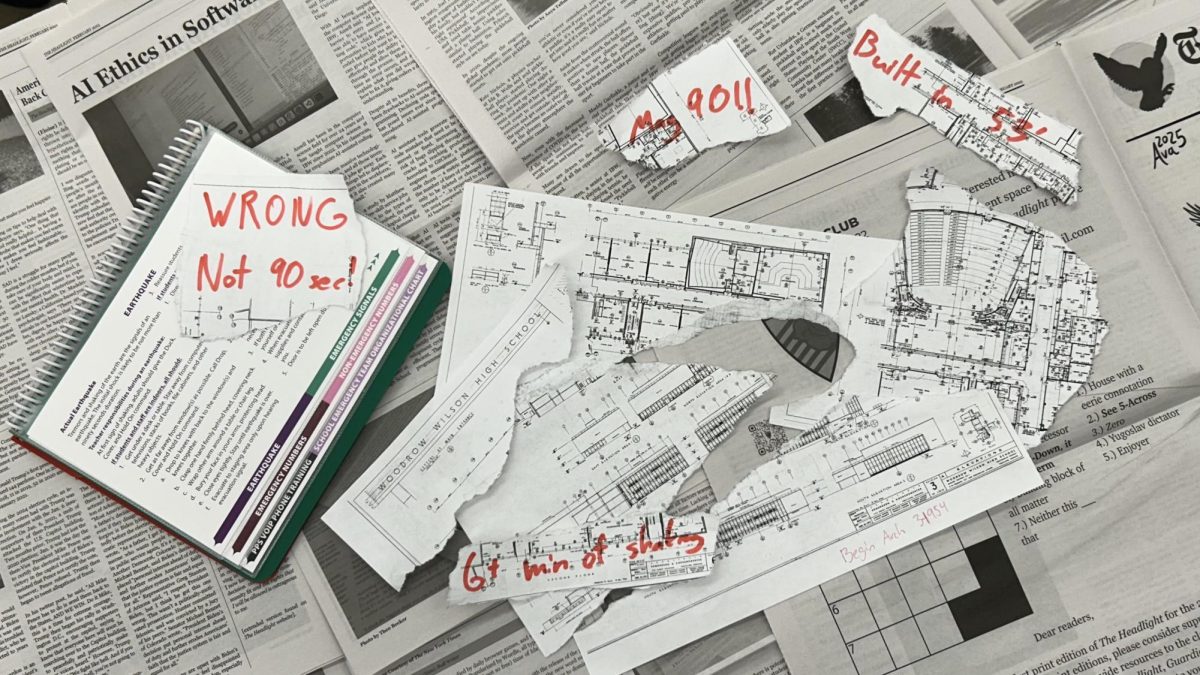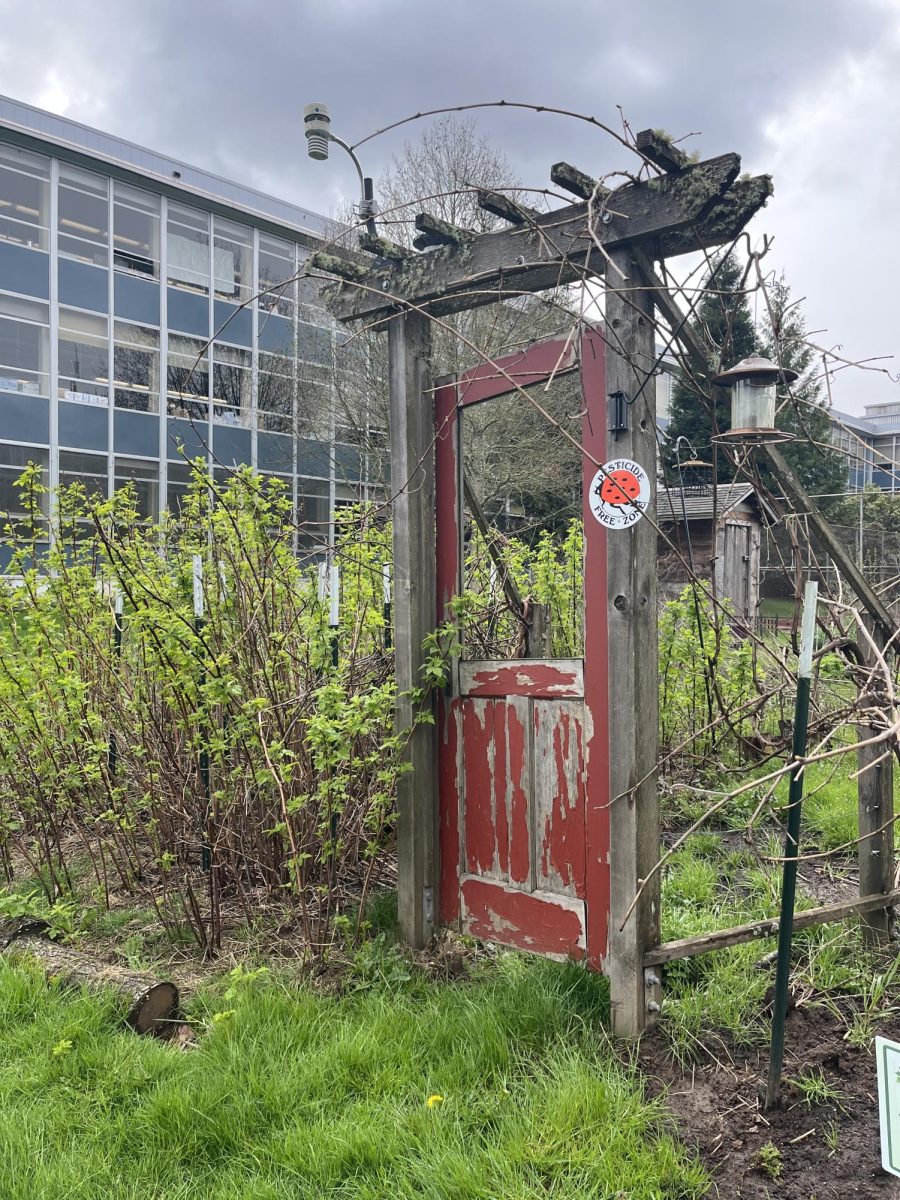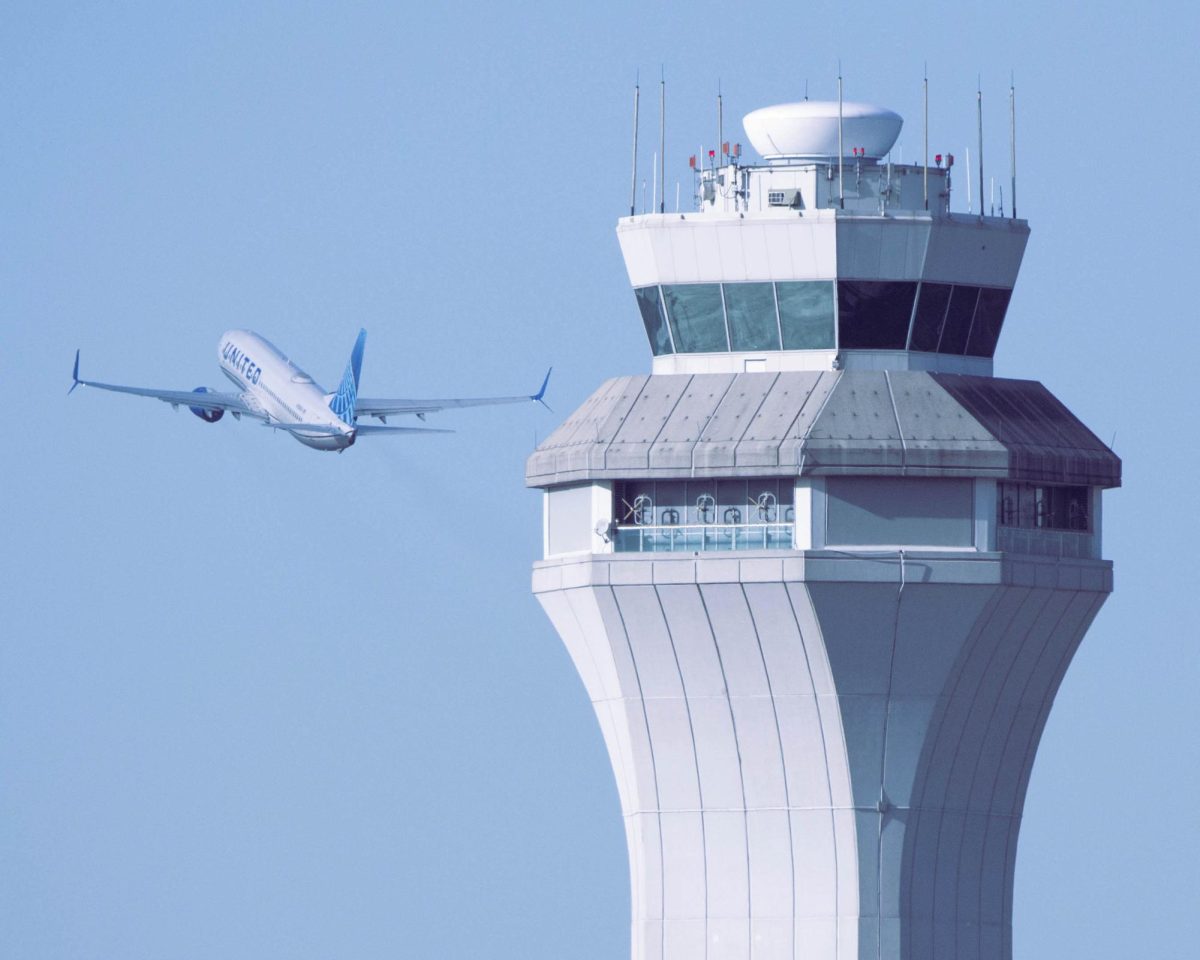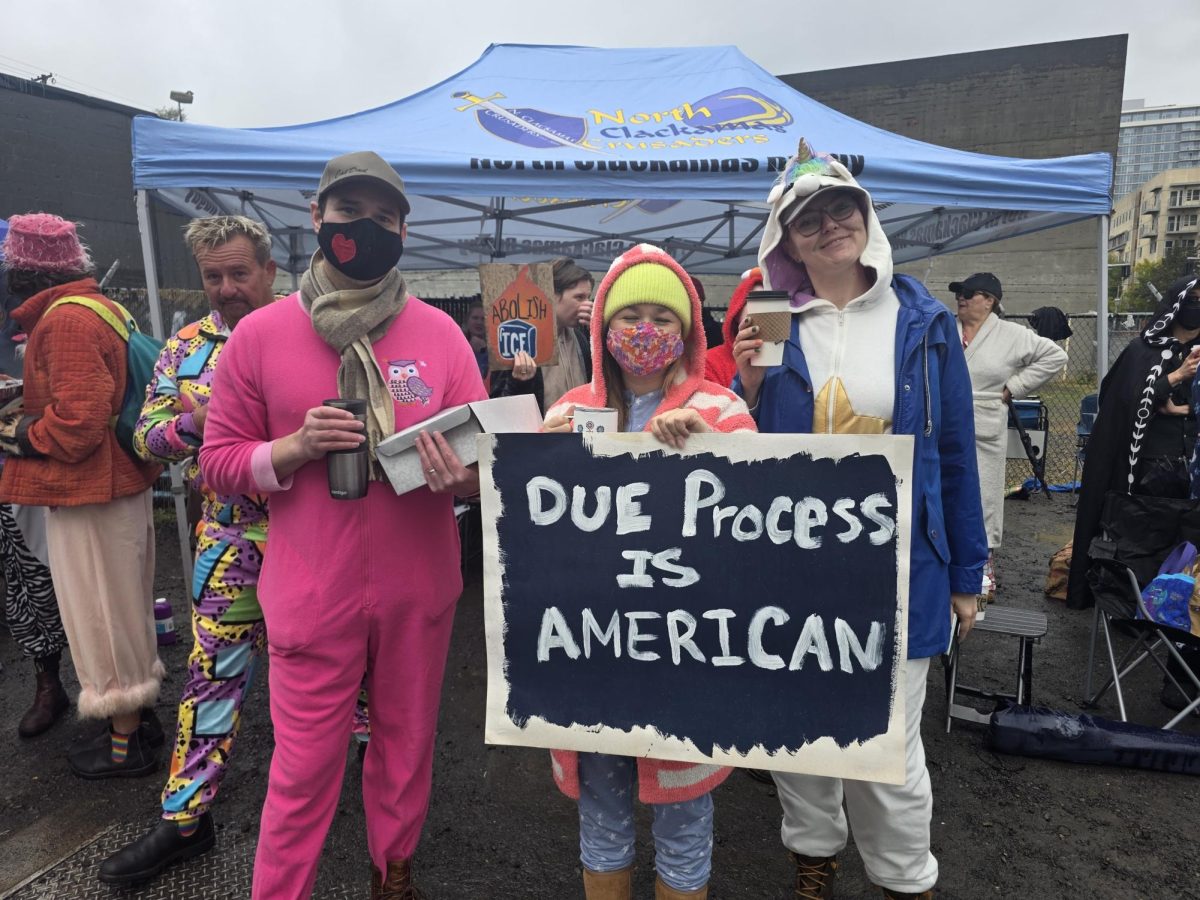At midnight on Jan. 28, 1700, a 16-foot “orphan tsunami” slammed into the Japanese coast. Without warning, it swept away houses, flooded crop fields and uprooted daily life across modern-day Iwate prefecture. Japanese record keepers were baffled—how could such a large tsunami form without any nearby earthquake?
Little did they know, the answer to their question was over 4,000 miles away.
Just nine hours earlier, the Cascadia subduction zone—a fault line off the coast of Oregon, Washington and British Columbia—had ripped apart, causing one of the most violent earthquakes in history. Clocking in at a magnitude of nine, it was powerful enough to create tsunamis up to 100 feet tall, drop coastal shorelines by six feet and—according to Indigenous oral records—wipe out villages, bury communities and collapse houses across the entire region.
Unfortunately, clues from sediment samples and geological surveys paint a similar grim picture for the near future—history will repeat itself. According to the Oregon Department of Emergency Management, this event—the Cascadia Megathrust Earthquake or “The Big One”—has a 37 percent chance of occurring again in the next 50 years.
This time around, Ida B. Wells-Barnett High School sits unprepared, in the middle of the danger zone.
Luckily, IBW won’t have to worry about 100-foot waves. Portland is sheltered from tsunamis by the Coast Range—letting Portland escape the fate of cities like Seaside, Newport and Astoria.

Earthquakes are measured by the Richter, or magnitude scale, which classifies earthquakes based on the energy behind their seismic waves. But when classifying damage to structures and cities, seismologists use the Modified Mercalli Intensity (MMI) scale, which uses survey data to better convey the human impact of earthquakes.
However, the shaking poses a much bigger threat.
Even if an up-to-code, well-designed and well-built building were constructed today, it wouldn’t be guaranteed to survive the full force of the earthquake. Corroborated by data from Oregon State University and the Pacific Northwest Seismic Network, the Canadian Government says, “The Big One” could strike MMI value greater than 12, causing “practically all works of construction [to be] damaged greatly or destroyed.”
IBW isn’t well-designed, well-built or up-to-code, at least by modern standards. It was built in 1954, over 35 years before scientists began to speculate that the Pacific Northwest was “earthquake country.”
Back then, IBW was celebrated for being the first building in Portland to use lift slab construction—a method then praised for its low cost and speed. Today, lift slab construction is infamous, lamented for its structural instability and its tendency to cause deadly collapses during construction. Furthermore, IBW’s original structural plans didn’t include basic seismic reinforcements, making IBW unlikely to survive even a MMI-8 or MMI-9 earthquake.
In the face of a MMI of 12, IBW is looking towards a catastrophic—and deadly—collapse.
That doesn’t mean nothing can be done. Even in such a collapse, structural reinforcements might still save lives. Strategic reinforcement of walls and doorways can leave pockets in a collapse—called survival voids—which dramatically increase the chances of survival for trapped people. They’re often prioritized by search and rescue crews.
Thankfully, Portland Public Schools (PPS) has been making efforts to reinforce its campuses. In 2020, PPS raised a bond of $17.2 million to retrofit Lent Elementary, Marysville Elementary and Bridger Creative Science School, but it’s unclear whether seismic retrofitting has been done to IBW. Records show that some efforts were planned in 2013, but no easily discernible public information is available on what was reinforced, the extent of reinforcement and whether those efforts were completed.
Ultimately, the best thing PPS can do for IBW is knocking the building down themselves—then replacing it with a new one.
On May 7, 2024, the PPS School Board approved plans for a complete rebuild of the IBW school building, allowing for IBW to finally be designed with earthquake survivability in mind. Since the rebuild is required to follow modern seismic codes, the design includes proper earthquake reinforcements, reducing the potential damage earthquakes like “The Big One” could cause. Plus, the planned use of mass timber—a flexible and lightweight building material made from layered wood—throughout most of the design could create a seismic resilience unmatched by traditional steel and concrete.
In the meantime, there are still things IBW can do to better prepare for the future.
PPS could update its emergency protocols to reflect recent advancements in earthquake preparedness. ShakeAlert—an earthquake early warning system developed by the U.S. Geological Survey and deployed in Oregon in 2021—can give students and staff up to a minute of warning before “The Big One” hits. However, PPS’s School Emergency Response Plan (SERP) still assumes that only tremors and shaking will indicate an earthquake. This could cause staff to doubt ShakeAlert warnings, creating confusion and costing invaluable preparation time.
PPS could also provide a better estimate of the length of potential earthquakes. Currently, the SERP says, “[An] initial shock is likely to be not more than 90 seconds duration.” In reality, initial shocks from magnitude nine quakes are estimated to last at least five minutes—three times as long as PPS expects it to be. Correcting the estimate would set proper expectations for how long students and staff would have to shelter in place, reducing confusion and the chance of injury.
But out of all the different ways IBW could prepare, educating students and staff might be the most effective one.
According to Robert S. Yeats, a geology professor at OSU, “The costs of doing little or nothing would be catastrophic…We cannot prevent earthquakes, but we can learn to live with them and to survive them. When the inevitable earthquake strikes, we can be ready.”
“But today, we are not,” says Yeats.
















Gecko Barsic • Apr 30, 2025 at 8:46 am
Will anybody be going to the IBWHS redesign open house today from 4pm-6pm? Outstanding article, too.
Gecko Barsic • Apr 24, 2025 at 9:43 am
Great work! I’m a big fan of the cover image and ominous title. Do you plan to go to the Ida B. Wells design open house on the 30th to present these concerns?